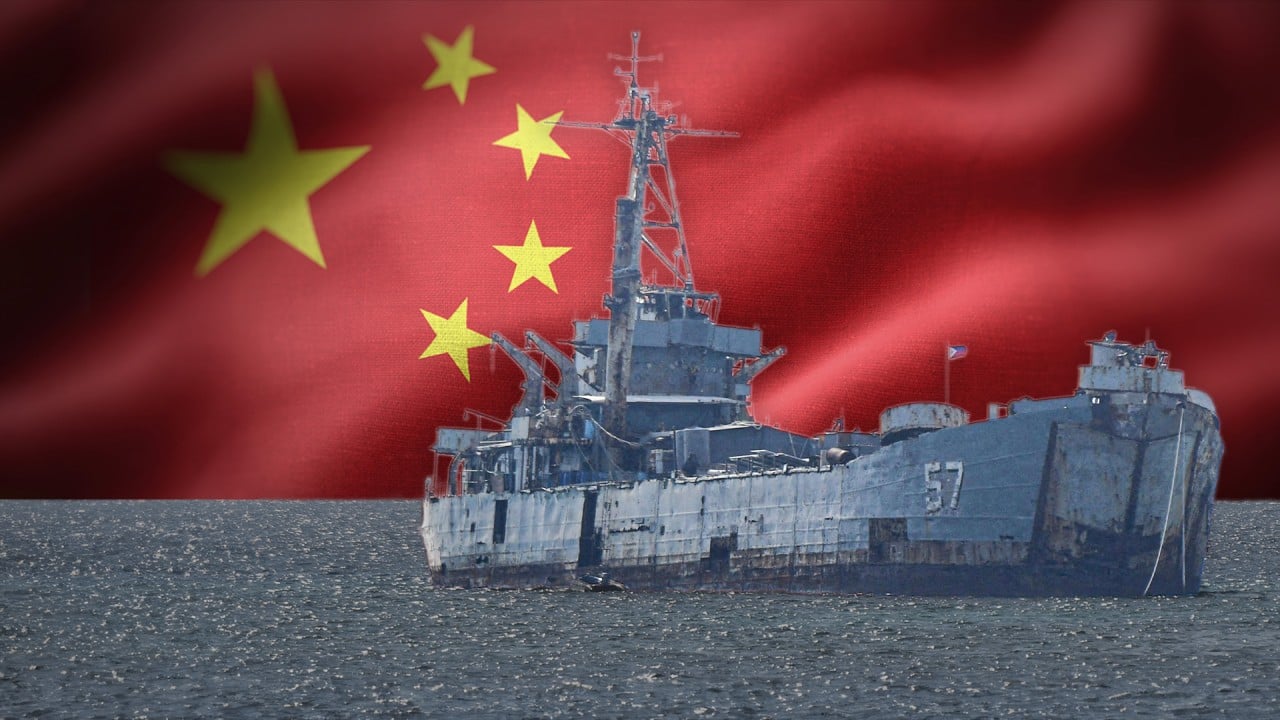The South China Sea is claimed by almost every country in the region but its ripple effects are felt well beyond the fiercely contested waterway. In the second of a three-part series, Orange Wang investigates the meaning of China’s nine-dash line.
The U-shaped nine-dash line that outlines China’s claims in the South China Sea is a long-standing bone of contention among the other claimants over the vast waterway and has been open to several interpretations.
Advertisement
The conventional wisdom is that Beijing “claims almost the entire South China Sea” but this oversimplifies its position and, while it might not be entirely inaccurate, risks being interpreted as a claim over the whole area within the line as its territorial waters.
In fact, Beijing’s position is more nuanced and starts with its “indisputable” sovereignty over islands, reefs, shoals and cays in the Pratas, Paracel, Spratly and Zhongsha islands, which it says is based on history.
Under Chinese law, only the waters within 12 nautical miles seaward of the baselines of these maritime features are regarded as part of China’s territorial sea and Beijing accordingly claims the contiguous zone, exclusive economic zone, and continental shelf.
The baseline, of which the waters on the landward side are typically considered internal waters, is drawn by a state to measure its territorial sea and other maritime zones, according to the UN Convention on the Law of the Sea (Unclos).

